Seasonal Availability:
Wisconsin farmers and gardeners harvest cabbage late June into November; however, it keeps well and can be found throughout most of the year.
Health Benefits:
The nutrients vary from variety to variety; however, most are high in vitamins C and K as well as fiber, riboflavin and minerals.
How to Select:
Whether green or purple, bright color is best and indicates freshness.
How to Store:
Most cabbage can be stored in the refrigerator for two weeks (or longer). Some varieties like napa cabbage or bok choy are more perishable and will need to be used more quickly.
How to Prepare:
If the outer leaves of the cabbage are dry, remove them before using the rest in either cooked or raw applications. Many recipes will also suggest you remove the core of the cabbage as it can be tough. How you prepare cabbage will impact its taste—so consider whether you prefer robust or mild flavors. Sure, an obvious application for cabbage is in coleslaw or mixed with salad greens for crunch, but have you had braised red cabbage with green apples? Braising transforms an otherwise sour or bitter vegetable into a sweet, soft treasure. Cabbage can also be cooked in soups, braised, grilled, or stir-fried. If you’re looking for a powerhouse of probiotics, try making your own homemade sauerkraut or kimchi (which require patience and cleanliness, but not a whole lot of kitchen skill).
Recipe: Spicy Kimchi
Recipe Information
Total Time: 2 days fermentation; 20 minutes active
Servings: 16 (1 quart)
Kimchee/kimchi is a pungent, flavorful and spicy fermented cabbage blend. You can serve it as a condiment or a side dish.
Ingredients
- 2 pounds napa cabbage, cleaned, cored and cut into 2-inch pieces
- 1/4 cup kosher salt
- 1/4 cup rice wine vinegar
- 1 tablespoon fresh ginger, minced
- 1 tablespoon fresh garlic, minced
- 1 tablespoon chili powder (Korean if available)
- 3 tablespoons Sriracha or Korean chili paste (Gochujang)
- 1 daikon radish, peeled and shredded
- 1 carrot, peeled and shredded
- 1 bunch green onions, diced
Preparation
Toss the cabbage with the salt and place in a plastic or stainless steel colander. Place a heavy bowl or re-sealable plastic bag filled with water on top of cabbage to press the cabbage down. Let the cabbage sit in the sink or over the top of another bowl to drain overnight.
Next, you should mix the remaining ingredients together in a large bowl, cover, and set it aside (mixture does not need to be refrigerated). After 24 hours, rinse the cabbage well and squeeze out the water. Next, add the cabbage to the rest of the ingredients and mix well (you may want to use gloves for this so the spices don’t burn your hands).
Pack the kimchi into a clean 1-quart jar, seal the lid tightly, and set in a room-temperature location away from direct sunlight. Then, let the kimchi ferment for at least 2 days. You can either refrigerate the kimchi or leave it at room temperature until desired flavor is achieved. Serve as a condiment, added to stir-fries or as a side dish.
Serving Suggestion
You can add this pungent, flavorful and spicy fermented cabbage blend to dishes as a condiment or serve it as a side dish. Try it with white rice or pan-fried and added to stir-fry dishes for extra zip. You can eat it hot or cold.
Nutritional Information
21 calories, 0 g. fat, 0 mg. cholesterol, 547 mg. sodium, 4 g. carbohydrate, 1 g. fiber, 1 g. protein
Kimchi and sodium: kimchi is soaked in brine, so the amount of salt absorbed (sodium in this recipe) is an approximation.
Recommended reading:
How to Grill Everything by Mark Bittman is available through the Hudson Public Library system and has a mouth-watering recipe for Baja-Style Fish Tacos with Grilled Slaw and Chipotle Mayo.
What about you?
Do you have a favorite way to use cabbage throughout the year? Share your recipes over on our Facebook page!
Want to see more local, fresh produce in your fridge? Then consider becoming an owner of the Hudson Grocery Cooperative—which will be a locally-owned, full-service grocery store that offers diverse food and product choices including organic, sustainable and regionally sourced options for our community.
Image and recipe credit: Welcome to the Table

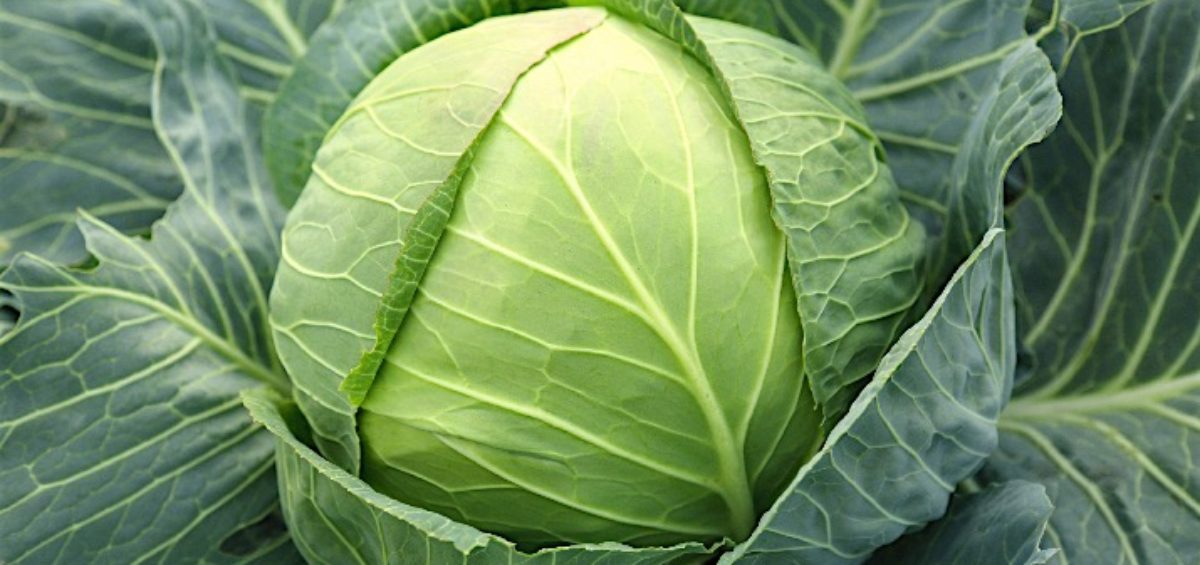
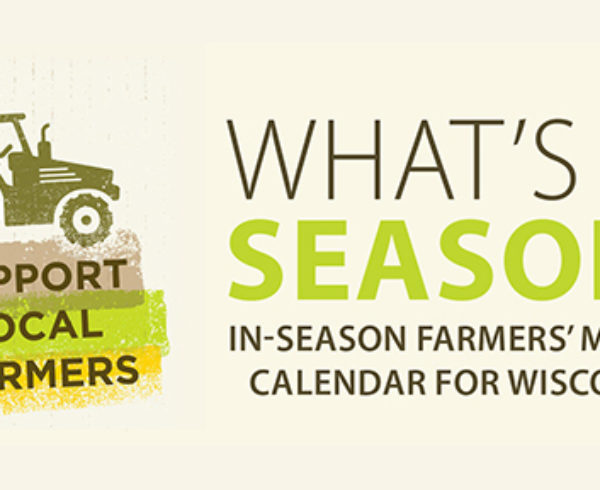
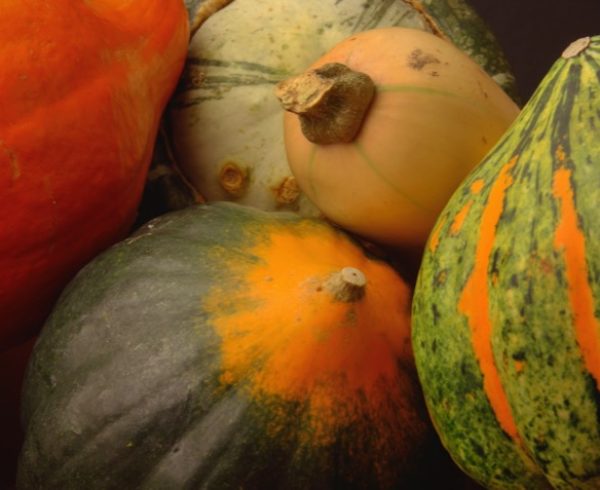
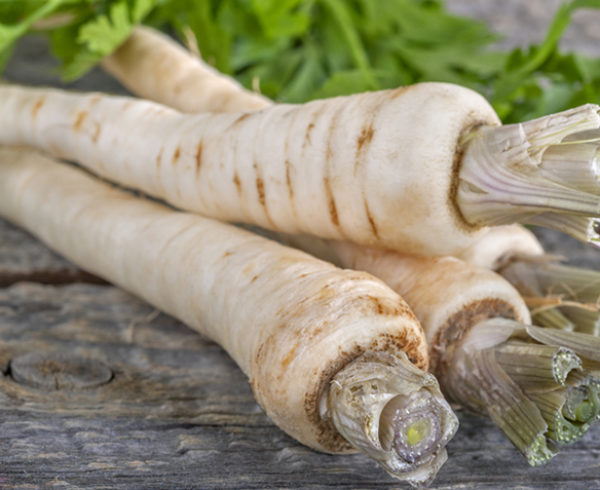
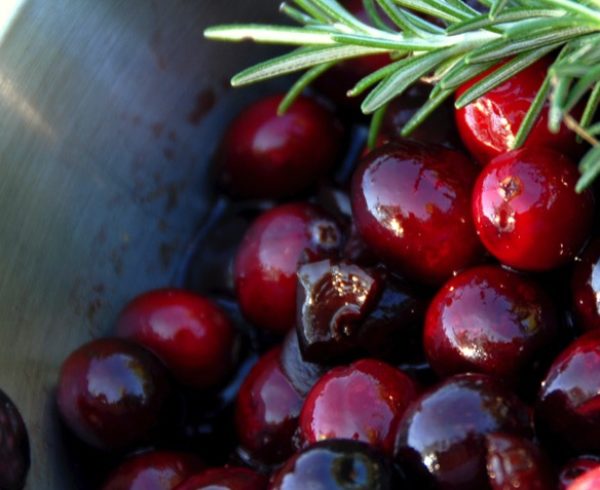


Leave a Comment